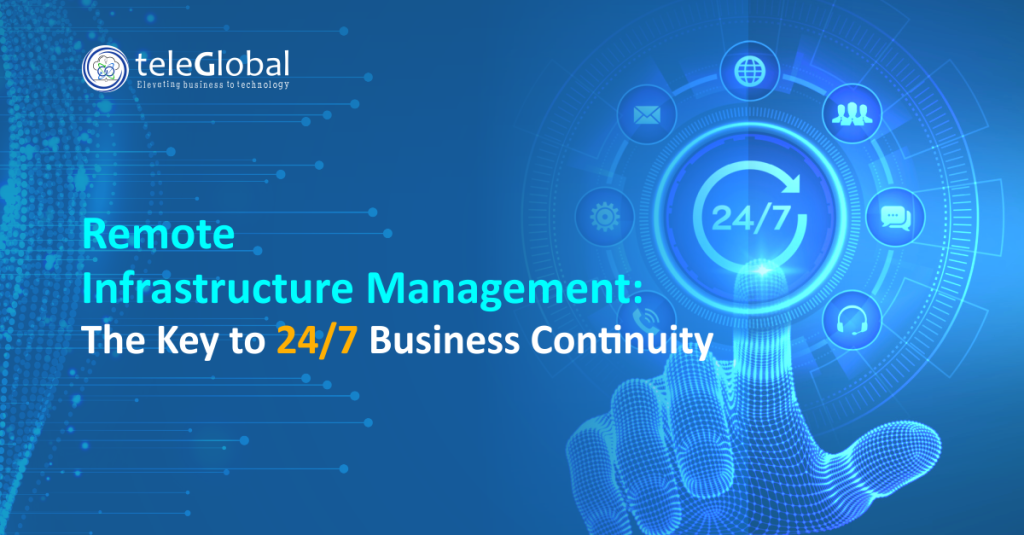
| Author: Abhinita Singh | Published: 24-May-2024 |
Downtime costs money and trust. One hour of downtime can drain thousands. Beyond money, downtime disrupts staff, delays clients, and pressures leadership.
Remote Infrastructure Management gives businesses a way to avoid that loss. By using remote infrastructure, companies monitor and manage systems without needing on-site staff. This means faster response, lower cost, and stronger security.
Remote Infrastructure Management means managing IT systems from a distance. It includes servers, databases, networks, and storage. Monitoring tools track these systems all day and night.
When something breaks, alerts go out. Remote experts step in, check the issue, and fix it. Problems are solved quickly, and downtime is kept short.
More companies now rely on IT infrastructure management services. With cloud use and online growth, the need for strong support rises.
The market for remote infrastructure management is worth billions. Growth continues as businesses demand better uptime and strong network security.

Business continuity means staying live even during disruptions. RIM services keep systems ready in three main ways.
These measures protect operations, staff, and customer trust.
The workflow is simple but effective.
This loop keeps IT stable.
Different sectors depend on RIM services to stay online.
Across industries, remote infrastructure cuts downtime and lowers cost.
Three main reasons drive adoption of RIM services:
For many leaders, these gains outweigh traditional in-house support.
Cloud workloads are growing fast. Cloud infrastructure management ensures servers, storage, and apps stay available.
RIM covers these systems along with traditional setups. When combined with network security, both cloud and on-premise systems stay reliable.
Cybercrime grows every year. Remote Infrastructure Management defends against attacks with:
This keeps businesses safe and reduces the risk of downtime.
The future of IT infrastructure management services is remote. As systems grow, RIM services will expand with them. Cloud, automation, and stronger network security will shape how businesses stay online.
Those that adopt early will stay ahead in uptime, cost, and reliability.
Downtime hurts trust and drains resources. Remote Infrastructure Management solves this with constant monitoring, faster fixes, and better protection.
We at Teleglobal deliver expert remote infrastructure management built to keep businesses online. Our RIM services strengthen network security, reduce downtime, and ensure business continuity for clients worldwide.
Remote Infrastructure Management is managing IT systems from a distance. It covers servers, storage, and networks.
RIM services monitor systems, fix issues fast, and reduce downtime risks.
Yes. It lowers staff needs and avoids high downtime costs.
Yes. It includes patches, scans, and threat monitoring for stronger security.
It manages cloud servers and apps, keeping them secure and reliable.
Growth of cloud use and higher downtime costs increase the need for IT infrastructure management services.
